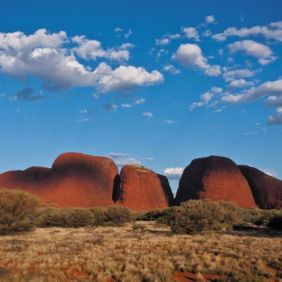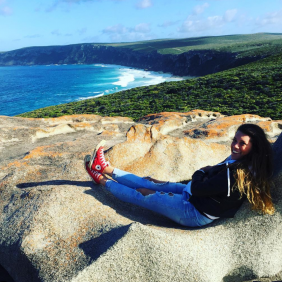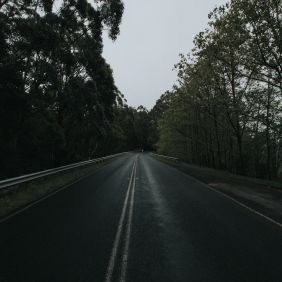About the Great Barrier Reef
Australia holds the mantel for having the biggest and most diverse Coral Reef System in the world at a staggering 344,400km2, so huge that it can be seen from outer space and is larger than the Great Wall of China! The Great Barrier Reef is made up of over 400 species of coral, 900 tropical islands, and more than 2900 individual reefs. This multi-colored spectacle is considered one of the 7 Natural Wonders of the World and a World Heritage Site supporting a huge variety of endangered and vulnerable species, many endemic to the Great Barrier Reef.
A study in 2012 showed that the Great Barrier Reef has lost more than half of its corals since 1985 due to pollution, climate change, crown-of-thorns starfish, shark culling and shipping. Despite coral bleaching in the northern sections due to warming waters, the reef still boasts vivid coral gardens which home a vast number of wildlife:
- 411 types of hard coral
- A third of the world’s soft coral
- 133 species of sharks and rays
- Over 3000 species of molluscs
- 630 species of starfish and sea urchins
- 14 species of sea snake
- 215 species of birds
- 30 species of whales and dolphins
- 1300 species of crustaceans
- 1625 species of tropical fish
Six of the seven species of marine turtles call the Great Barrier Reef home and the biggest green turtle breeding site in the world can be found here between late October until February. Humpback whales migrate annually from Antarctic waters in winter to mate and give birth in the safe warm waters here from May until August. The Great Barrier Reef also holds one of the most crucial permanent population of dugongs, giant clams up to 120 years old and ancient crocodiles residing in the coastal waters!
Great Barrier Reef Tours
Situated in the Coral Sea off the East Coast of Northern Queensland, the reef is as close as 15km off the shore in some areas, covering 2000km of coastline stretching from the seaside town of Bundaberg to the Northern tip of Cape York. The most popular spots to access the reef are from the Whitsundays and Cairns whose combined area only makes up 8% of the whole reef system!
The Great Barrier Reef is split into two parts: The Inner Fringing Reef and The Outer Barrier Reef. The Inner Fringing Reef is found around the islands, like the Whitsundays, where the coral grows from the land as opposed to the ocean floor. The waters are calmer here and are ideal conditions for beginners to snorkeling and diving. The Outer Barrier Reef is positioned a few hours from the mainland and generally offers better visibility due to the lack of run-off from the islands, you will find more hard coral and larger fish here than the Inner Fringing Reef. Due to the time needed to reach the outer reef an overnight cruise is recommended which could even include a night dive!
Even if you are not a fan of getting into the water that does not mean you have to miss out, there are many glass-bottom boats that allow you to witness the underwater wonders or possibly the most breath-taking way to experience the reef is from the sky! Helicopter flights can go as low as 500 feet offering unique opportunities to watch the peaceful dugongs graze on the sea beds or fixed-wing aircraft can follow migrating humpbacks, pods of dolphins, and Dwarf Minke Whales.
Frequently Asked Questions
When is the best time to visit the Great Barrier Reef?
Peak season is between June and September offering warm waters and the drier weather conditions provide better underwater visibility and calmer currents, it is best to try and avoid diving in the stinger season from November to May without a stinger vest.
How much time should I spend on the Great Barrier Reef?
We recommend at least 2 days on the Great Barrier Reef, allowing a full day exploring the reef and another enjoying one of the many tropical island paradises nearby.
Can I go scuba diving without any certification?
Yes. You will be given an introductory dive with training which normally lasts around 30 minutes.
Can I touch the reef?
Absolutely not! Not only would you be fined between $470,000-$700,00, you would be damaging a very fragile ecosystem, once coral dies it cannot grow back and the marine life of the reef are reliant upon the coral for food, safety and shelter.



